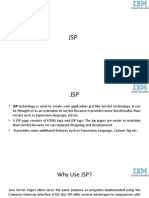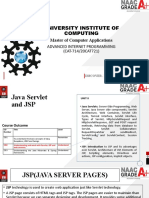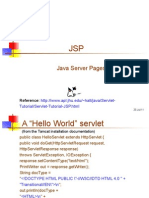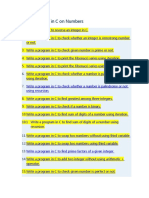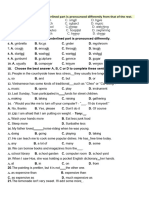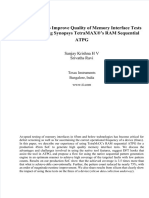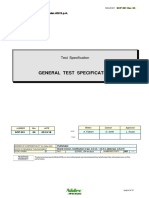0% found this document useful (0 votes)
8 views35 pagesJSP Notes
JSP (Java Server Pages) is a technology used for creating web applications, extending Servlet technology by offering features like expression language and JSTL. It allows for easier maintenance, faster development without recompilation, and requires less code compared to Servlets. The document also outlines the JSP processing lifecycle, implicit objects, scripting elements, and provides examples of using JSP for web applications.
Uploaded by
3832amangargCopyright
© © All Rights Reserved
We take content rights seriously. If you suspect this is your content, claim it here.
Available Formats
Download as PPTX, PDF, TXT or read online on Scribd
0% found this document useful (0 votes)
8 views35 pagesJSP Notes
JSP (Java Server Pages) is a technology used for creating web applications, extending Servlet technology by offering features like expression language and JSTL. It allows for easier maintenance, faster development without recompilation, and requires less code compared to Servlets. The document also outlines the JSP processing lifecycle, implicit objects, scripting elements, and provides examples of using JSP for web applications.
Uploaded by
3832amangargCopyright
© © All Rights Reserved
We take content rights seriously. If you suspect this is your content, claim it here.
Available Formats
Download as PPTX, PDF, TXT or read online on Scribd
/ 35








